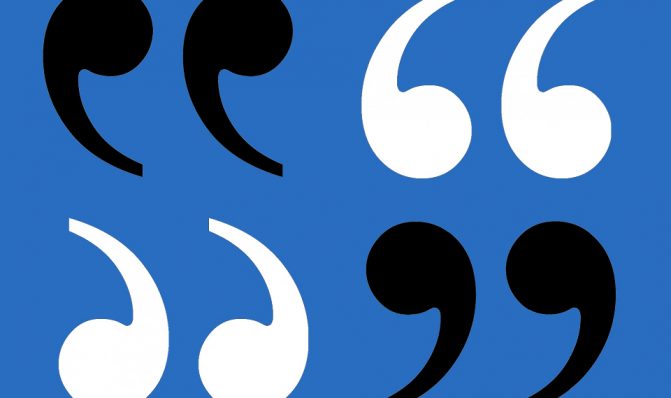Cite Right: APA Style

Lex Academic’s Cite Right series aims to help you reference your work to publishable standards from the get-go and thus accelerate publication and examination success. We began this series a couple of weeks ago with a quick guide to MHRA style (if you missed it, check it out). In this post, we’re looking at the American Psychological Association (APA) referencing system, which is used by many disciplines worldwide, despite its seemingly country- and discipline-specific name. For guidance on the finer points of APA style, we’d recommend looking at the APA website. But if you want an overview of how to cite books, journal articles and chapters in edited books, you’re in the right place.
Overview
APA is an author-date system. In-text citations, enclosed in brackets, give the author’s (or authors’) surname(s), the date of publication and, if necessary, a page number. These citations are linked to a reference list at the end.
Reference list entry: Books
Author(s). (YYYY). Book title. Publisher.
Example
Sandis, C. (2019). Character and causation: Hume’s philosophy of action. Routledge.
- Note that only the initial of the author’s given name is provided. If an author has more than one given name, provide all initials, separated by a space, e.g. Chapman, L. R.
- APA uses sentence case for most titles: only the first word, any word after a colon (or other punctuation mark) and any proper nouns should be capitalised (the eagle-eyed among you will notice that we’re using sentence case in our headings in this post!)
- Do not give the publisher’s location
- All references end in full points
Reference list entry: Journal articles
Author(s). (YYYY). Article title. Journal Title, V(I), XX–XX. DOI
Example
Stacey, J., & Biblarz, T. J. (2001). (How) does the sexual orientation of parents matter? American Sociological Review, 66(2), 159–183. https://doi.org/10.2307/2657413
- Use an ampersand (&), preceded by a comma, to separate two authors
- Do not place the article title in quotation marks
- Use maximum capitalisation for the journal title, i.e. capitalise all major words. However, use sentence case for the article title
- Use italic for the volume number, but Roman for the issue number
- Separate the first and last pages of the article using an en rule (–), not a hyphen (-)
Reference list entry: Chapters in edited books
Author(s). (YYYY). Chapter title. In Editor (Ed.), Book title (pp. XX–XX). Publisher.
Example
Mack-Canty, C., & Wright, S. M. (2008). Feminist family values: Parenting in third wave feminism and empowering all family members. In A. O’Reilly (Ed.), Feminist mothering (pp. 143–159). SUNY.
- Note that ‘In’, because it is preceded by a full point, is capitalised
- Whereas the contributors’ initial(s) are placed after their surname, for the editor this order is reversed
- Use ‘Ed.’ when there is only one editor but ‘Eds.’ for multiple editors. Note the capital and the full point in both cases
- The page range is preceded by ‘pp.’ for chapters in edited books (but it’s not journal articles!)
In-text citations
There are two types of in-text citations – parenthetical citations and narrative citations:
Parenthetical citations
(Mack-Canty & Wright, 2008; Sandis, 2019; Stacey & Biblarz, 2001)
Narrative citations
Mack-Canty and Wright (2008), Sandis (2019), and Stacey and Biblarz (2001) argue that…
- A comma is placed before the date of publication
- A semi-colon is used to separate multiple references within a citation
- Use ‘et al.’ when there are three or more authors, but list all authors in the reference list entry
- Provide a page number, preceded by ‘p.’, only when quoting directly:
- ‘…’ (Stacey & Biblarz, 2001, p. 160)
- Stacey and Biblarz (2001) state that ‘…’ (p. 160)
Hopefully, this post has answered some of your questions about APA style. Which referencing systems would you like to see in our Cite Right series? Let us know by emailing assistant@lexacademic.com.
Be notified each time we post a new blog article